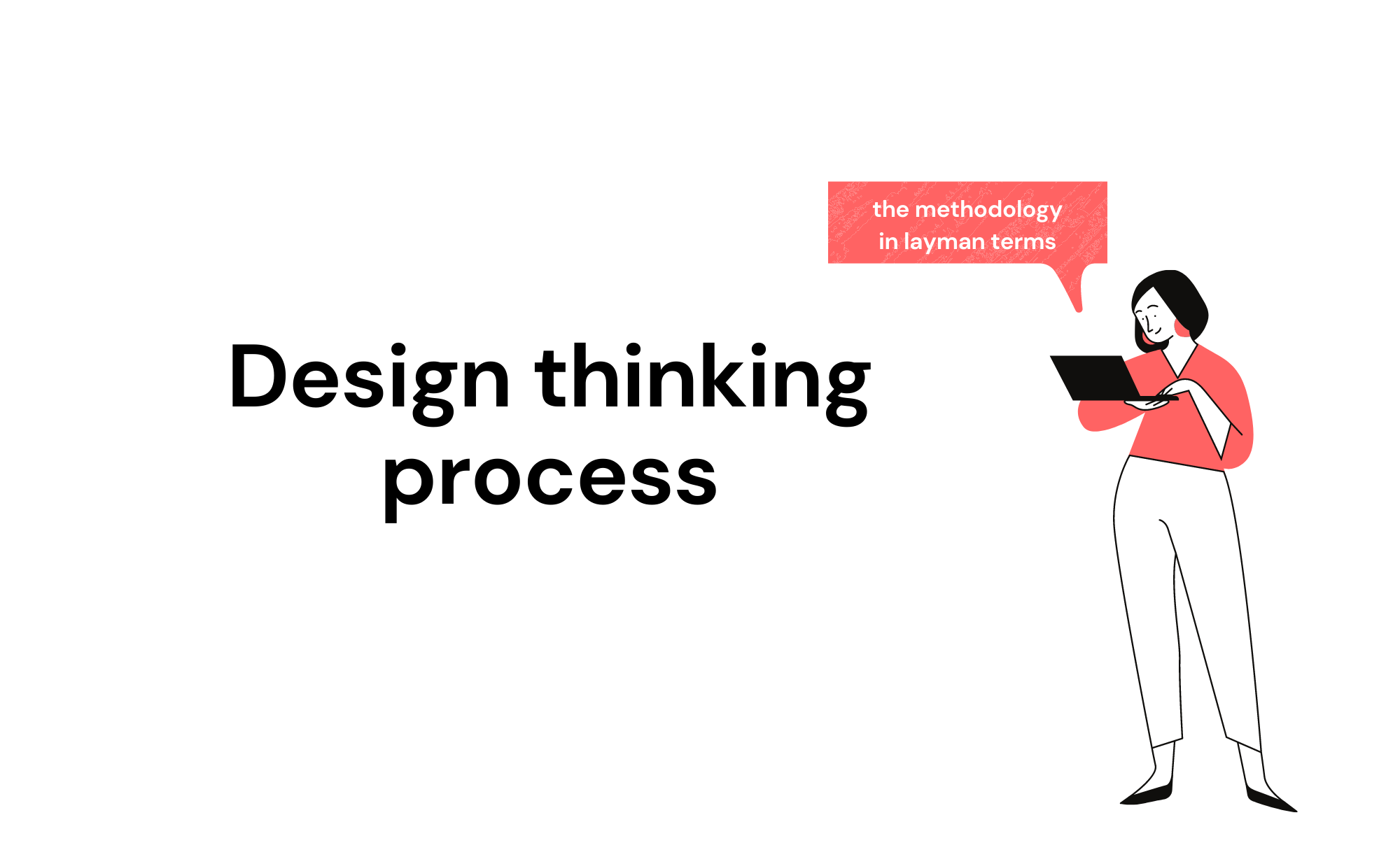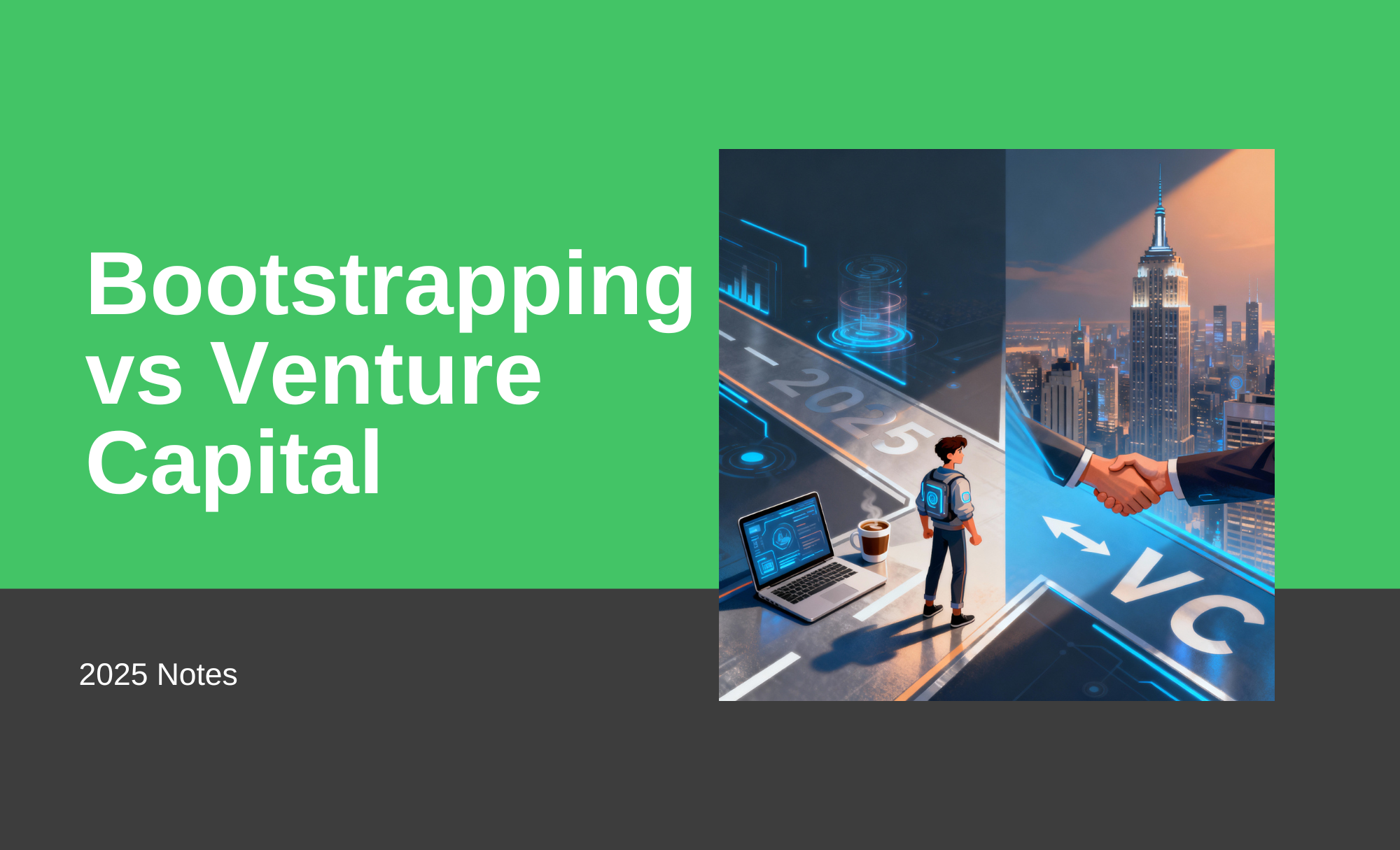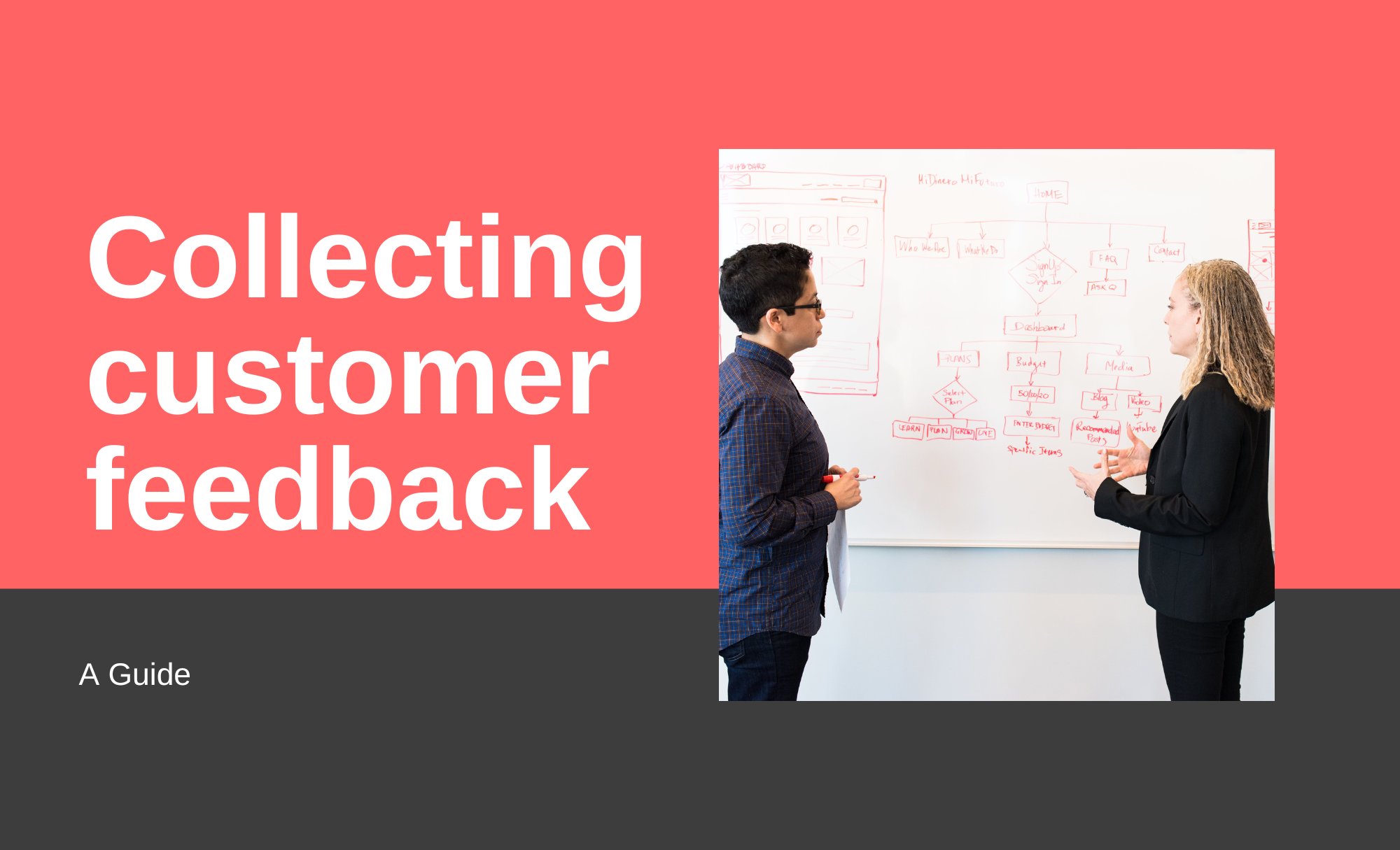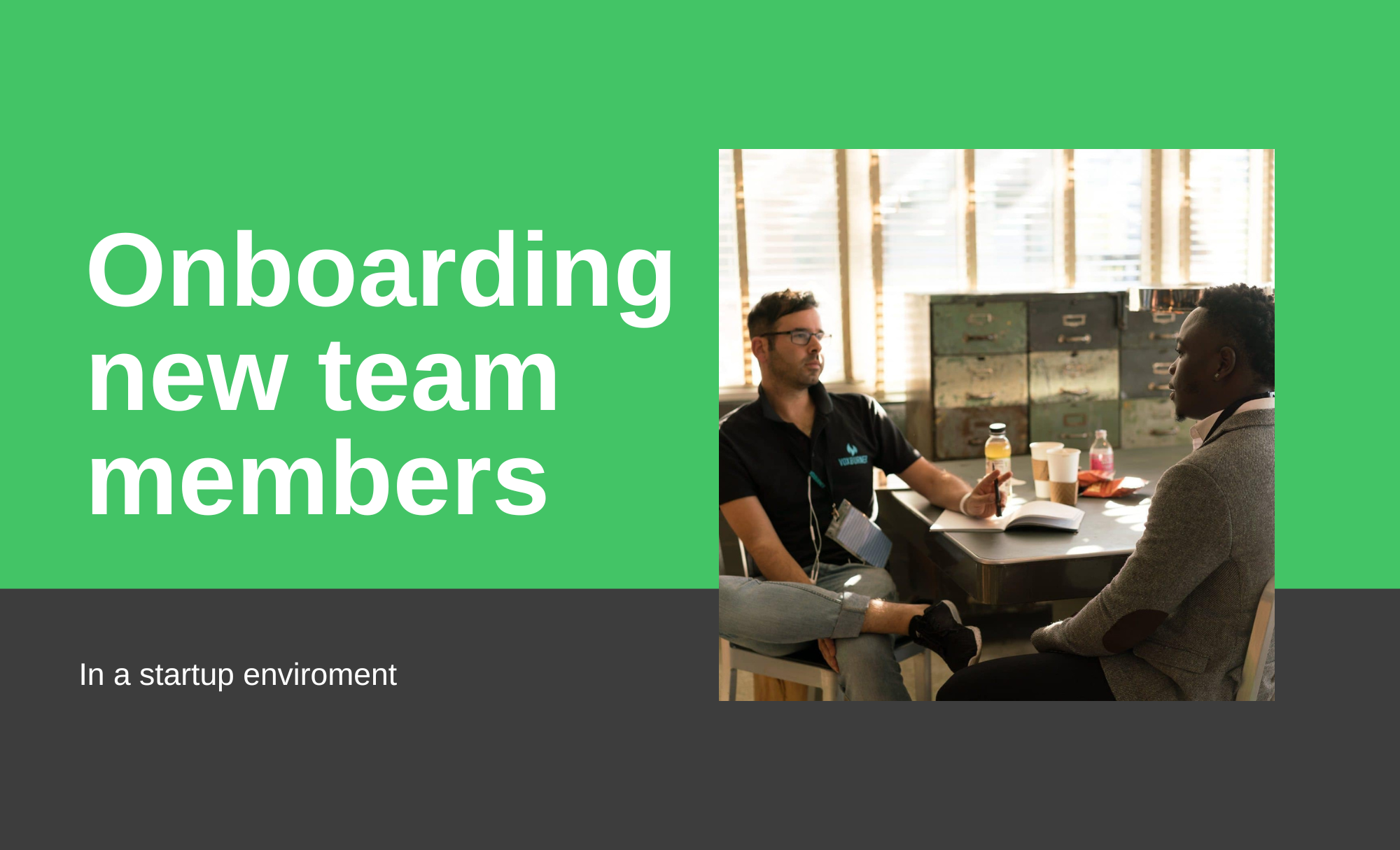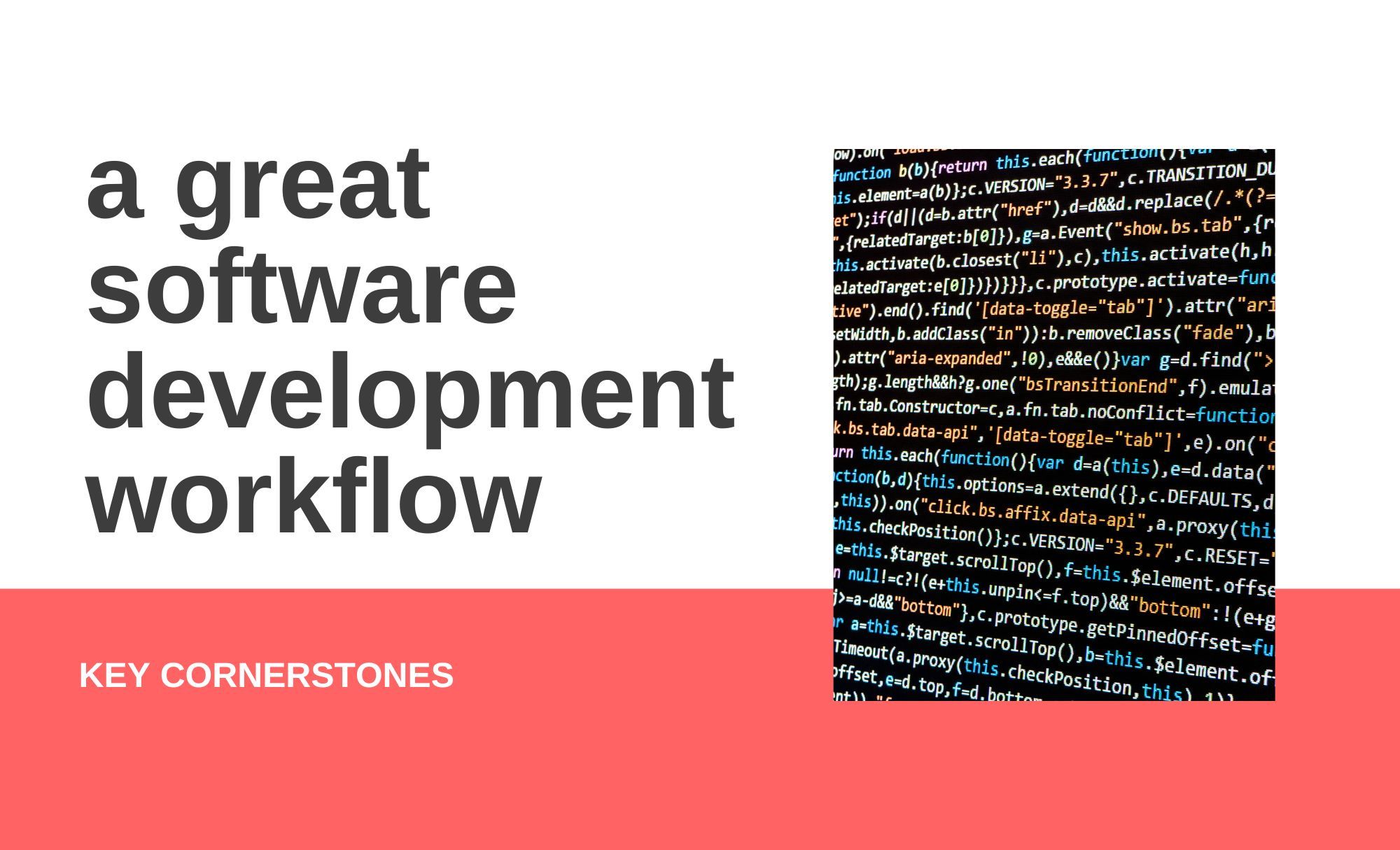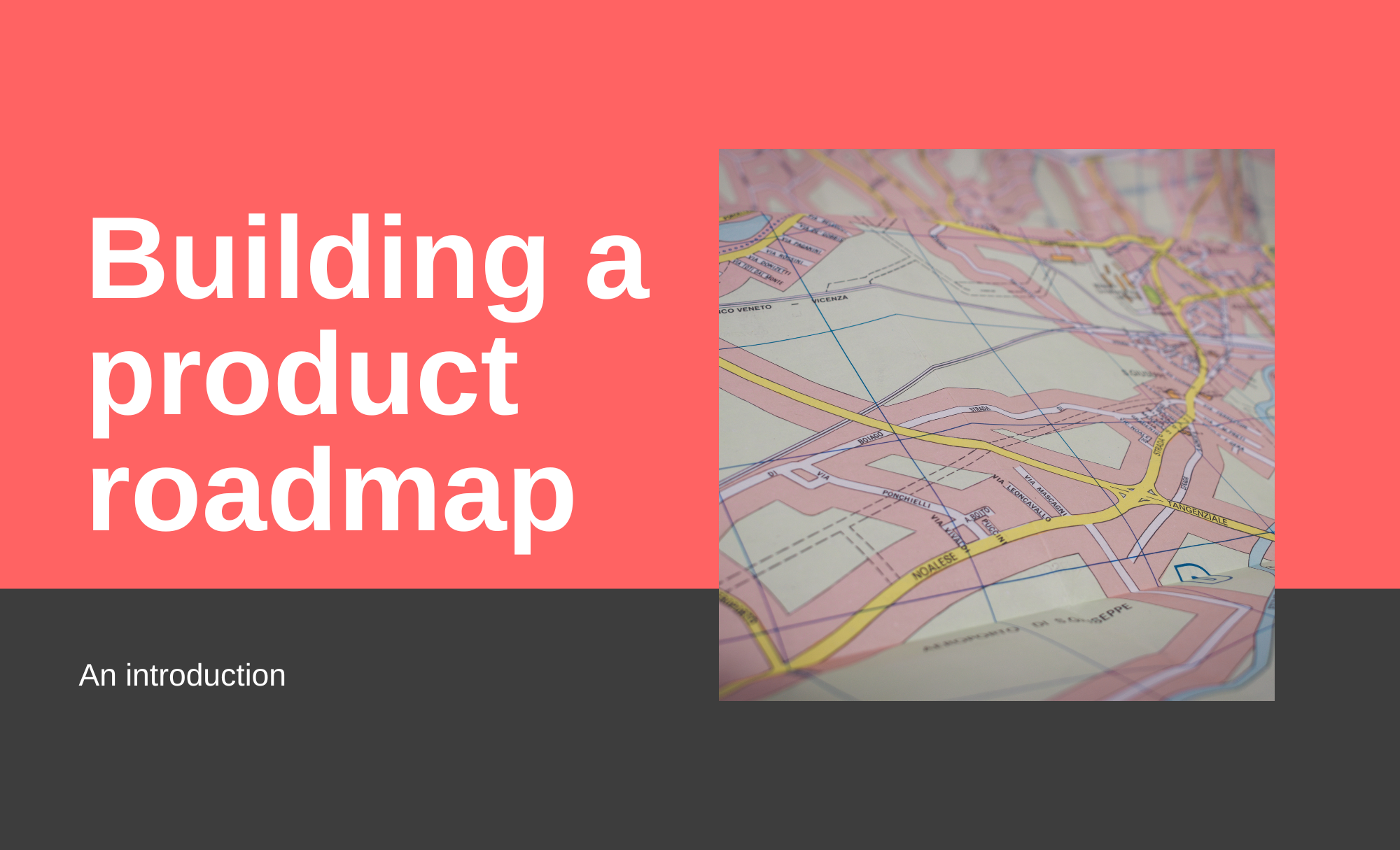The design thinking process is a general process that should aid you in getting you a better product. I consider it a thinking process rather than a proper methodology.
This article is not to give you a full overview of the design thinking process, but rather an operational overview of how to actually implement it. For more technical information regarding this topic, I would recommend this Wikipedia article.
Steps of the design thinking process methodology

Empathize
The design thinking process, rather than focusing on the empirical components of analysis, is done through the understanding of the user.
To reach this goal you will need to conduct interviews with the user and understand their feeling towards your product.
My general recommendation is to add a bit of objectivity to these discussions and use a standardized questionnaire in the process. Potentially you will have all the feedback and user’s empathic insights so that you can go on to the next step and define something.
Define
Using the information collected from your first step, you are ready to define a WHAT you will solve. During the definition process, in addition to your collected data, you should definitely use and match all the necessary information that you already have.
Usually, by the end of this step, you are coming up with a specific issue that you want to achieve or solve
To help you give a bit more information and insights on this part, have a look at this: New feature workflow
Ideate
Obviously, put these definitions to work with a potential product that makes sense for your company and your vision. During the ideation process, you can come up with crazy ideas as well. The point here is to have options and these options can be outside or inside the box.
After this stage, you should come up with one or two ideas, depending on your budget, that you want to put to life. The ideas need to be slimmed down to MVP’s so that a prototype can be created
Prototype
At this point, you need to start doing something and putting it out there. Depending on your product, this could be an actual prototype or it could be an MVP. The point is that by the end of this stage you will have something that you can test with real users.
Test
Testing at this point can be done based on the product archived from the previous stage. Depending on what you have, either a prototype (so test with controlled user groups) or an MVP (test with a BETA testing approach) you will need to collect the information and take action on them. With this information, you re-start the whole cycle.
